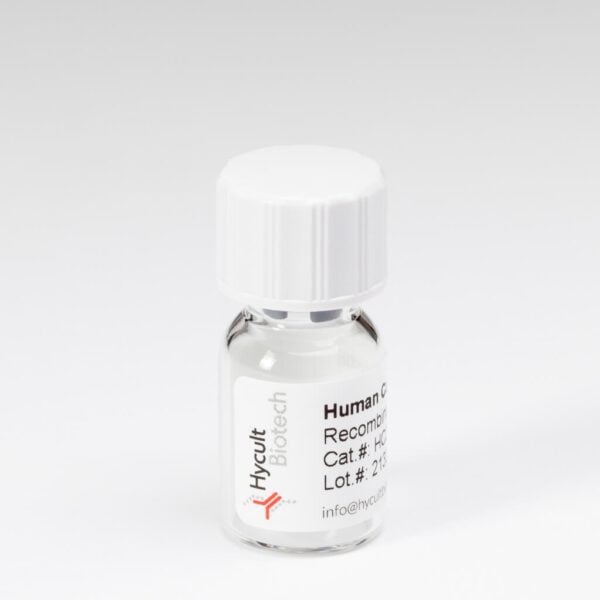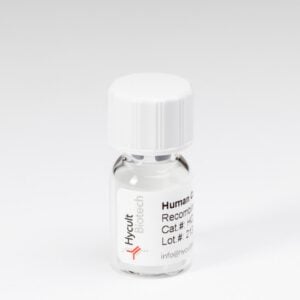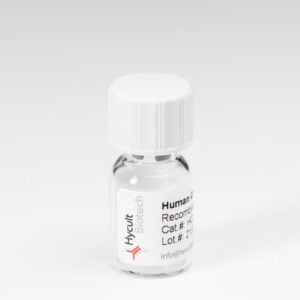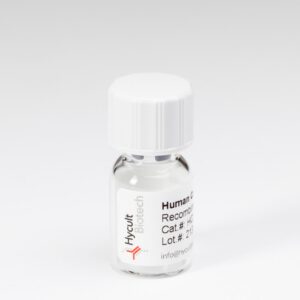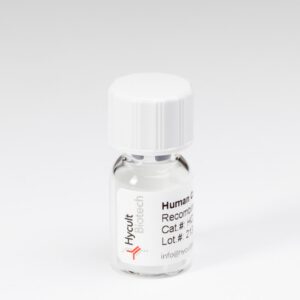PAPC
€414.00
1-palmitoyl-2-arachidonoyl-sn-phosphatidylcholine (PAPC), is a naturally occuring phospholipid containing polyunsaturated arachidonic acid, which is a common lipid in mammalian cell membranes and lipoproteins. PAPC can be used as an unoxidized control in experiments utilizing oxidized PAPC (OxPAPC; cat. # HC4035/HC4036). OxPAPC, is a prototypic biologically active oxidized phospholipid first isolated from LDL minimally modified by oxidation (MM-LDL). OxPAPC is an active principle of MM-LDL and mimicks several pro- and anti-inflammatory effects induced by oxidized lipoproteins. Oxidation of PAPC generates two groups of oxidized phospholipids containing either fragmented or oxygenated sn-2 residues. The best-characterized fragmented species contain a five-carbon sn-2 residue bearing omega-aldehyde or omega-carboxyl groups. Oxygenation of arachidonic acid residue produces phospholipids containing esterified isoprostanes. Both fragmented and oxygenated species can regulate immune reactions. Pro-inflammatory effects of OxPAPC induce stimulation of endothelial cells to bind monocytes and induction of tissue clotting factor, IL-8, MCP-1, G-CSF and other mediators of atherothrombosis. Anti-inflammatory effects of OxPAPC are mediated by induction of protective enzymes such as heme oxygenase-1 and suppression of innate immune responses to bacterial lipopolysaccharide (LPS) due to inhibition of LPS recognition by LPS-binding protein (LBP) and CD14. OxPAPC is active in vivo and was shown to protect mice from lethal endotoxin shock. Biological activities of OxPAPC are mediated by a variety of signal transduction mechanisms, including elevation of cAMP and Ca2+ levels, activation of MAP kinases, PI-3-kinase and small GTPases Rac-1 and Cdc42. OxPAPC-induced protein synthesis is mediated by transcription factors such as Egr-1, NFAT, CREB, PPAR-alpha, PPAR-gamma, but does not involve NFkB-dependent transcription.
2. For partially use of amount: Add chloroform to the vial to obtain lipid concentration of 1 to 10 mg/ml and vortex. Aliquot PAPC solution into sterile glass (optimal) or polypropylene cell culture tubes. Before use check if the tubes are resistant to chloroform. Evaporate chloroform under a stream of nitrogen or argon gas with simultaneous vortexing in order to obtain a thin film of lipid on the tube walls. Continue according to 1.
You may also like…
-
View product €414.00
-
View product €1,099.00
